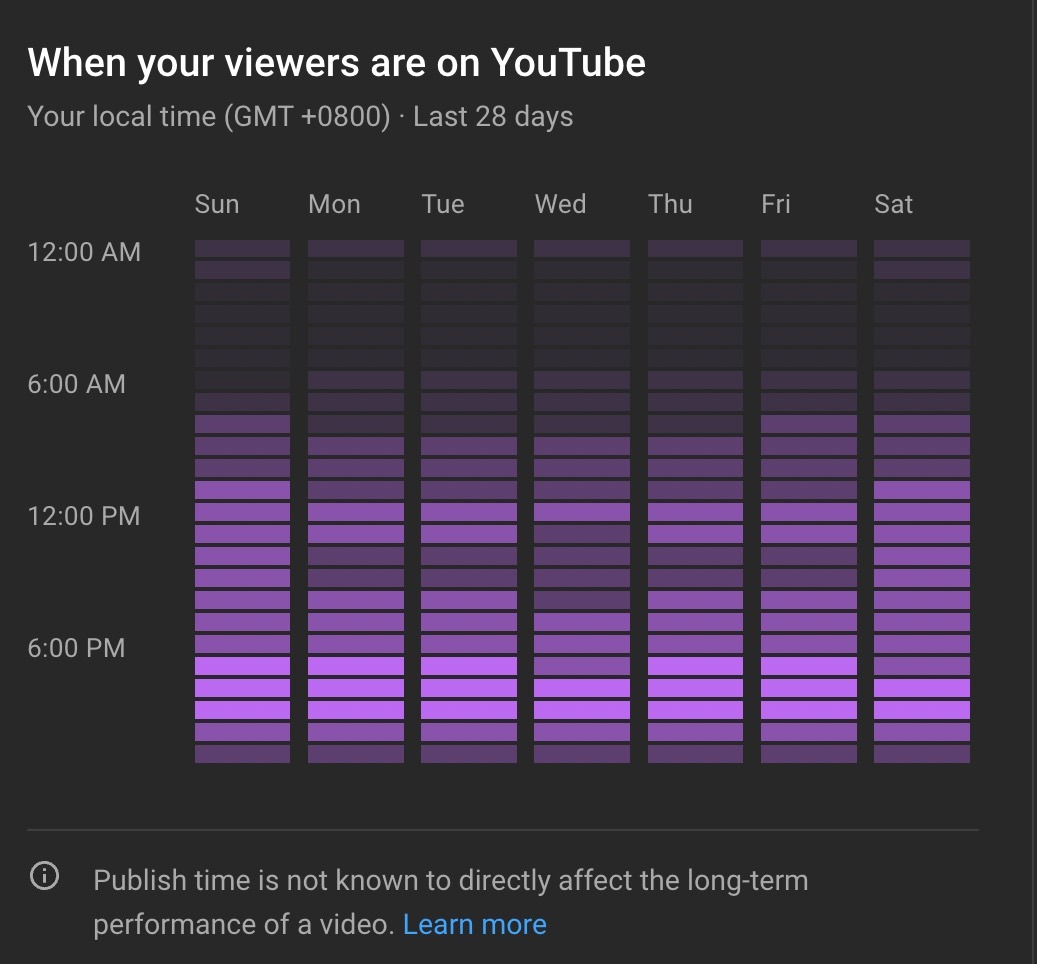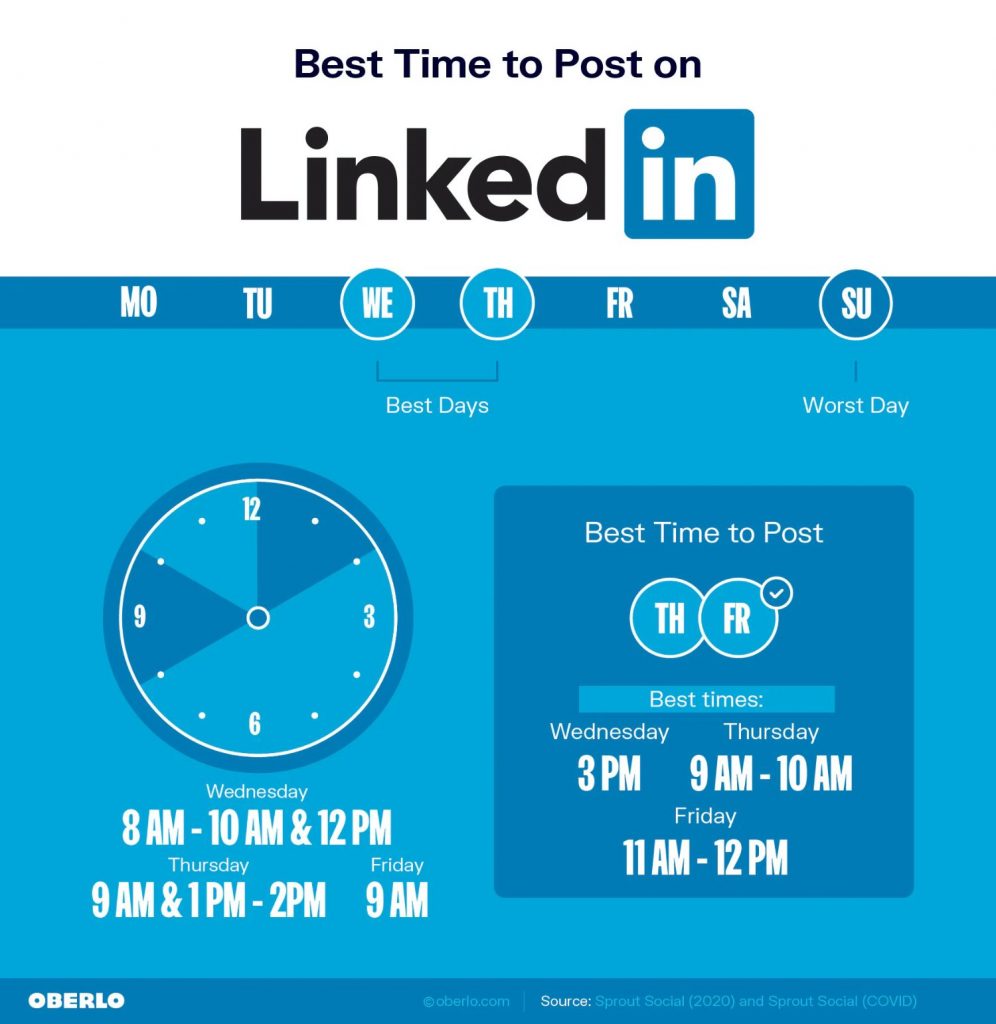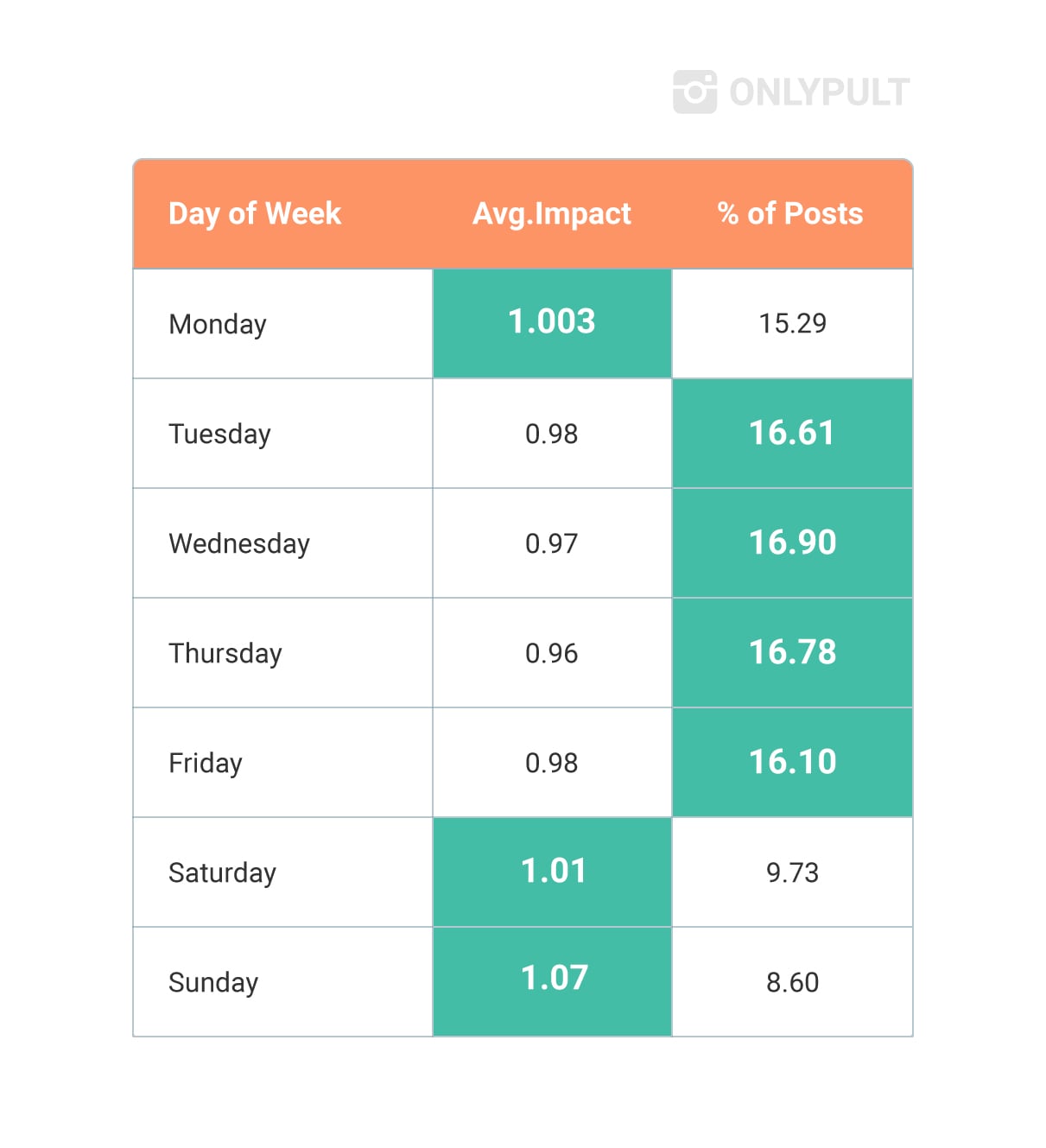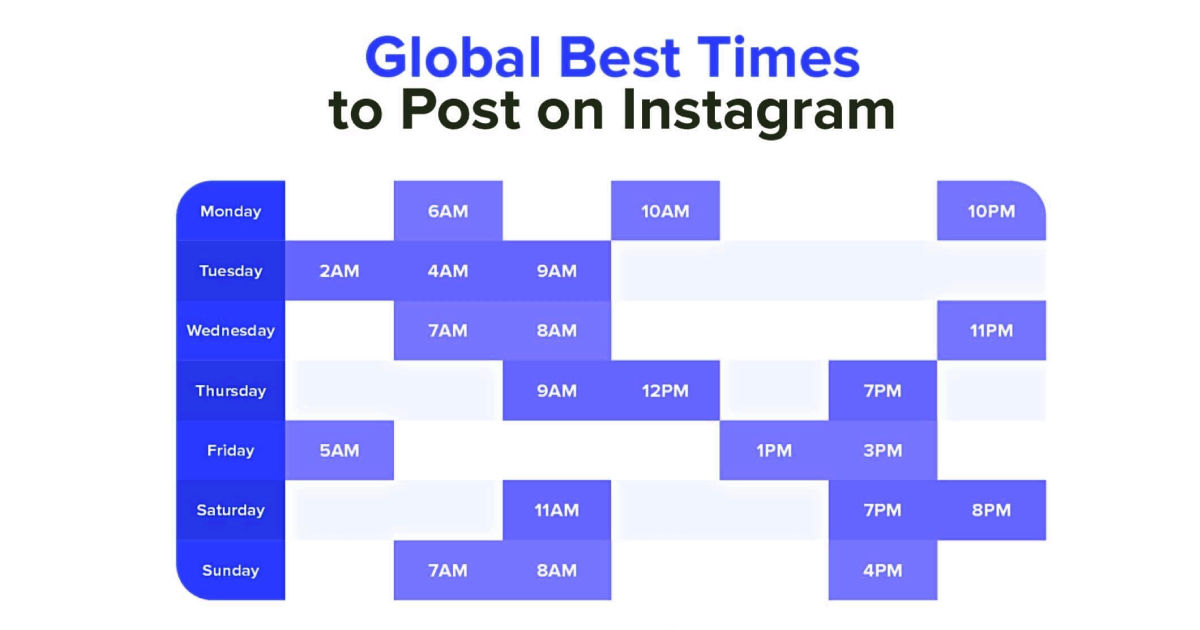Unlocking the Secrets of the Algorithm: Understanding When to Post
When it comes to posting shorts on social media platforms, timing is everything. The algorithm that governs these platforms is designed to prioritize content that is most likely to engage users, and posting at the right time can make all the difference. By understanding when to post, you can increase your views, likes, and shares, and ultimately grow your online presence.
So, what are the best times to post shorts? While there is no one-size-fits-all answer, research has shown that posting during peak hours can significantly boost engagement. Peak hours typically occur during lunch breaks, early evenings, and late nights, when users are most active on social media. However, it’s essential to note that these times may vary depending on your target audience and their schedules.
For example, if your audience is primarily composed of students, you may want to post during lunch breaks or early evenings when they are most likely to be on social media. On the other hand, if your audience is primarily composed of working professionals, you may want to post during late nights or early mornings when they are more likely to be active.
Another crucial factor to consider is the day of the week. Research has shown that posting on certain days can lead to higher engagement rates. For instance, posting on Wednesdays and Thursdays can result in higher engagement rates compared to posting on Mondays and Fridays.
Ultimately, the key to unlocking the secrets of the algorithm is to experiment and find what works best for your unique audience and brand. By analyzing your audience’s behavior and preferences, you can determine the best times to post shorts and maximize your engagement rates.
Identifying Your Audience: Understanding Their Schedule and Preferences
To maximize engagement with your shorts, it’s essential to understand your target audience’s schedule, preferences, and online behavior. Knowing your audience’s demographics, interests, and online activity patterns can help you tailor your content and posting schedule to their needs.
Start by analyzing your audience’s demographics, including age, location, and occupation. This information can help you determine the best times to post shorts, as different demographics tend to have different schedules and preferences. For example, if your audience is primarily composed of students, they may be more active on social media during lunch breaks or early evenings.
Next, examine your audience’s interests and online behavior. What topics do they engage with most? What type of content do they prefer? What are their favorite social media platforms? By understanding these factors, you can create content that resonates with your audience and post it at times when they are most likely to see it.
Use social media analytics tools to track your audience’s online activity patterns. These tools can provide valuable insights into when your audience is most active, what type of content they engage with most, and what times of day they are most likely to see your posts.
For example, if you notice that your audience is most active during lunch breaks, you may want to post shorts during this time to maximize engagement. Similarly, if you notice that your audience engages most with content related to a particular topic, you may want to create more content around that topic and post it at times when your audience is most likely to see it.
By understanding your audience’s schedule, preferences, and online behavior, you can create a posting schedule that maximizes engagement and reaches your target audience at the right time. Remember, the best times to post shorts are not one-size-fits-all, and what works for one audience may not work for another. Experiment with different posting schedules and analyze your results to find what works best for your unique audience and brand.
How to Post Shorts Like a Pro: Timing Strategies for Maximum Engagement
When it comes to posting shorts, timing is everything. Posting at the right time can significantly increase views, likes, and shares, while posting at the wrong time can lead to crickets. So, what are the best times to post shorts? The answer lies in understanding your audience’s behavior and preferences.
Peak hours, typically between 12 pm and 4 pm, are usually the best times to post shorts. This is when most people take a break from work or school and scroll through their social media feeds. However, posting during peak hours can also mean more competition, so it’s essential to stand out from the crowd with high-quality, engaging content.
Off-peak hours, on the other hand, can be just as effective, if not more so. Posting during off-peak hours, such as early morning or late evening, can help you reach a more targeted audience who are more likely to engage with your content. Additionally, posting during off-peak hours can also help you avoid the noise and competition that comes with peak hours.
Experimenting with different schedules is also crucial to finding the best times to post shorts. Try posting at different times of the day, week, or month, and analyze your engagement metrics to see what works best for your audience. You can also use social media analytics tools to track your performance and adjust your strategy accordingly.
Successful brands and influencers have mastered the art of timing when it comes to posting shorts. For example, fashion brand Zara posts most of its shorts during peak hours, while beauty influencer James Charles posts during off-peak hours to reach a more targeted audience. By understanding their audience’s behavior and preferences, these brands and influencers are able to maximize their engagement and reach a wider audience.
Another strategy is to post shorts in batches, also known as “posting clusters.” This involves posting multiple shorts in a row, usually during peak hours, to create a sense of urgency and encourage engagement. This strategy can be particularly effective for brands and influencers who have a large following and want to create a buzz around their content.
Ultimately, the key to posting shorts like a pro is to understand your audience’s behavior and preferences and to experiment with different timing strategies. By doing so, you can increase your engagement, reach a wider audience, and achieve your social media goals. Remember, the best times to post shorts are not a one-size-fits-all solution, but rather a tailored approach that takes into account your unique audience and brand.
The Science of Short-Form Content: What Works and What Doesn’t
When it comes to creating effective short-form content, understanding the psychology and science behind it is crucial. Short-form content, such as shorts, is designed to capture users’ attention in a matter of seconds, making it essential to consider the cognitive and emotional factors that influence user engagement.
Attention span is a critical factor in short-form content. With the average attention span of a social media user being around 8 seconds, it’s essential to hook your audience from the very beginning. This can be achieved by using eye-catching visuals, bold text, or thought-provoking questions that encourage users to stop scrolling and engage with your content.
Cognitive load is another important consideration. Cognitive load refers to the amount of mental effort required to process information. When creating short-form content, it’s essential to keep cognitive load low by using simple, concise language and avoiding complex concepts or jargon. This will help ensure that your audience can quickly and easily understand your message.
Emotional triggers are also a powerful tool in short-form content. Emotional triggers, such as humor, surprise, or inspiration, can help create an emotional connection with your audience and increase engagement. By incorporating emotional triggers into your shorts, you can create a more memorable and impactful experience for your viewers.
Another key factor in short-form content is the concept of “snackable” content. Snackable content refers to bite-sized pieces of information that are easy to consume and share. By breaking down complex information into smaller, more manageable chunks, you can create content that is more engaging and shareable.
Finally, it’s essential to consider the role of storytelling in short-form content. Storytelling is a powerful way to create an emotional connection with your audience and convey complex information in a more engaging and memorable way. By incorporating storytelling techniques into your shorts, you can create a more compelling and impactful experience for your viewers.
By understanding the psychology and science behind short-form content, you can create more effective shorts that capture users’ attention, convey your message, and drive engagement. Whether you’re a brand, influencer, or individual creator, incorporating these principles into your short-form content strategy can help you achieve your goals and succeed in the competitive world of social media.
Some successful examples of short-form content that incorporate these principles include the popular “60-second explainer” videos, which use simple animation and concise language to explain complex concepts in a short and engaging way. Another example is the use of “before-and-after” style videos, which use emotional triggers and storytelling to showcase a transformation or result.
By applying these principles to your own short-form content strategy, you can create more effective shorts that resonate with your audience and drive engagement. Remember, the key to success in short-form content is to keep it simple, concise, and engaging, and to always consider the cognitive and emotional factors that influence user behavior.
Timing is Everything: How to Leverage Trends and Current Events
Staying up-to-date with trends, current events, and pop culture is crucial when it comes to posting shorts. By leveraging trending topics, hashtags, and challenges, you can increase engagement and reach a wider audience. But how do you stay on top of what’s trending and how do you incorporate it into your posting schedule?
One way to stay on top of trends is to use social media listening tools. These tools allow you to track keywords, hashtags, and topics in real-time, giving you insight into what’s currently trending. You can also use tools like Google Trends and Twitter Trends to see what’s currently popular.
Another way to stay on top of trends is to follow industry leaders and influencers. These individuals often have their finger on the pulse of what’s trending and can provide valuable insights into what’s currently popular. You can also use social media to follow trending topics and hashtags, and to see what’s currently being discussed.
Once you’ve identified a trending topic or hashtag, you can incorporate it into your posting schedule. This can be as simple as using a trending hashtag in your caption or creating a short that relates to a current event. By leveraging trends and current events, you can increase engagement and reach a wider audience.
For example, if you’re a fashion brand and you notice that a particular style or trend is currently popular, you can create a short that showcases that style. You can also use trending hashtags like #fashion or #style to reach a wider audience.
Another example is if you’re a food brand and you notice that a particular type of cuisine is currently trending, you can create a short that showcases that cuisine. You can also use trending hashtags like #foodie or #yum to reach a wider audience.
It’s also important to note that timing is everything when it comes to leveraging trends and current events. You want to post your shorts at the right time to maximize engagement and reach. This can be during peak hours, such as lunchtime or early evening, or during off-peak hours, such as late at night or early in the morning.
By leveraging trends and current events, you can increase engagement and reach a wider audience. Remember to stay on top of what’s trending and to incorporate it into your posting schedule. With the right timing and strategy, you can maximize your engagement and reach a wider audience.
Some successful examples of brands and influencers who have leveraged trends and current events include fashion brand Zara, who created a short that showcased a popular style trend, and food brand Chipotle, who created a short that showcased a popular type of cuisine. By leveraging trends and current events, these brands were able to increase engagement and reach a wider audience.
By following these tips and staying on top of what’s trending, you can leverage trends and current events to maximize your engagement and reach a wider audience. Remember to always keep your audience in mind and to post high-quality, engaging content that resonates with them.
Measuring Success: How to Track and Analyze Your Posting Schedule
Once you’ve implemented a posting schedule for your shorts, it’s essential to track and analyze its performance. This will help you understand what’s working and what’s not, and make data-driven decisions to optimize your strategy. But how do you measure the success of your posting schedule?
One way to measure success is to use analytics tools. Most social media platforms provide built-in analytics tools that allow you to track engagement, views, and other key metrics. You can also use third-party analytics tools to get more detailed insights into your performance.
When tracking your analytics, pay attention to metrics such as engagement rate, views, and reach. Engagement rate is the percentage of users who interact with your content, such as likes, comments, and shares. Views refer to the number of times your content is viewed, while reach refers to the number of unique users who see your content.
Another important metric to track is the timing of your posts. Use analytics tools to see when your audience is most active and engaged, and adjust your posting schedule accordingly. You can also use tools like Google Analytics to track the traffic and engagement on your website or blog.
It’s also essential to track your audience’s demographics, interests, and online behavior. This will help you understand what type of content resonates with your audience and what type of content to create in the future.
When analyzing your analytics, look for patterns and trends. Identify what’s working and what’s not, and adjust your strategy accordingly. For example, if you notice that your engagement rate is higher during peak hours, you may want to adjust your posting schedule to focus on those times.
It’s also important to set goals and benchmarks for your posting schedule. This will help you stay focused and motivated, and ensure that you’re making progress towards your objectives. For example, you may set a goal to increase your engagement rate by 20% within the next quarter.
Some successful examples of brands and influencers who have effectively tracked and analyzed their posting schedule include fashion brand Zara, who uses analytics tools to track engagement and adjust their posting schedule accordingly, and beauty influencer James Charles, who uses analytics tools to track his audience’s demographics and interests.
By tracking and analyzing your posting schedule, you can optimize your strategy and achieve your goals. Remember to stay focused on your objectives, and use data-driven insights to inform your decisions.
In addition to tracking and analyzing your posting schedule, it’s also essential to stay up-to-date with the latest trends and best practices in social media marketing. This will help you stay ahead of the competition and ensure that your strategy is always optimized for success.
By following these tips and staying focused on your objectives, you can effectively track and analyze your posting schedule and achieve success with your shorts.
Consistency is Key: How to Maintain a Winning Posting Schedule
Consistency is crucial when it comes to maintaining a successful posting schedule for your shorts. Posting high-quality content on a regular basis helps to keep your audience engaged and interested in your brand. But how do you maintain a consistent posting schedule?
One way to maintain consistency is to plan and schedule content in advance. This can be done using a content calendar, which helps you to organize and visualize your content strategy. By planning ahead, you can ensure that you have a steady stream of content to post, and that you’re not scrambling to come up with something at the last minute.
Another way to maintain consistency is to use a scheduling tool. Scheduling tools allow you to schedule your posts in advance, so that they’re automatically published at the right time. This can help to save you time and effort, and ensure that your content is posted consistently.
It’s also important to adapt to changes in your audience’s behavior and preferences. By monitoring your analytics and adjusting your strategy accordingly, you can ensure that your content is resonating with your audience and that you’re not falling behind.
Consistency is also key when it comes to the type of content you post. By posting a mix of different types of content, such as educational, entertaining, and promotional content, you can keep your audience engaged and interested in your brand.
Some successful examples of brands and influencers who have maintained a consistent posting schedule include fashion brand Zara, who posts high-quality content on a regular basis, and beauty influencer James Charles, who uses a scheduling tool to ensure that his content is posted consistently.
By maintaining a consistent posting schedule, you can build trust and credibility with your audience, and establish your brand as a thought leader in your industry. Remember to always keep your audience in mind, and to adjust your strategy accordingly.
In addition to maintaining a consistent posting schedule, it’s also important to stay up-to-date with the latest trends and best practices in social media marketing. This will help you to stay ahead of the competition and ensure that your strategy is always optimized for success.
By following these tips and maintaining a consistent posting schedule, you can build a loyal following and achieve success with your shorts.
Consistency is key to maintaining a successful posting schedule, and by planning and scheduling content in advance, using a scheduling tool, adapting to changes in your audience’s behavior and preferences, and posting a mix of different types of content, you can build trust and credibility with your audience and establish your brand as a thought leader in your industry.
Conclusion: Timing Your Way to Success with Shorts
In conclusion, timing is a crucial factor in maximizing engagement when posting shorts on social media platforms. By understanding the importance of timing, identifying your audience’s schedule and preferences, and using strategies such as peak hours, off-peak hours, and experimenting with different schedules, you can increase views, likes, and shares.
Additionally, creating engaging, bite-sized content that resonates with your audience, leveraging trends and current events, and measuring the success of your posting schedule are all essential components of a successful shorts strategy.
Consistency is also key in maintaining a successful posting schedule, and by planning and scheduling content in advance, adapting to changes in your audience’s behavior and preferences, and using analytics tools to track performance, you can build a loyal following and achieve success with your shorts.
Remember, the best times to post shorts are not a one-size-fits-all solution, and what works for one brand or influencer may not work for another. By experimenting with different strategies and finding what works best for your unique audience and brand, you can maximize your engagement and reach a wider audience.
By following the tips and strategies outlined in this article, you can timing your way to success with shorts and achieve your social media goals. Whether you’re a brand, influencer, or individual creator, the importance of timing cannot be overstated, and by prioritizing timing in your shorts strategy, you can set yourself up for success.
In the ever-changing world of social media, staying up-to-date with the latest trends and best practices is crucial. By incorporating innovative and creative concepts into your shorts strategy, you can stay ahead of the competition and achieve long-term success.
So, don’t wait any longer to start timing your way to success with shorts. Start experimenting with different strategies today, and see the impact that timing can have on your social media engagement.





